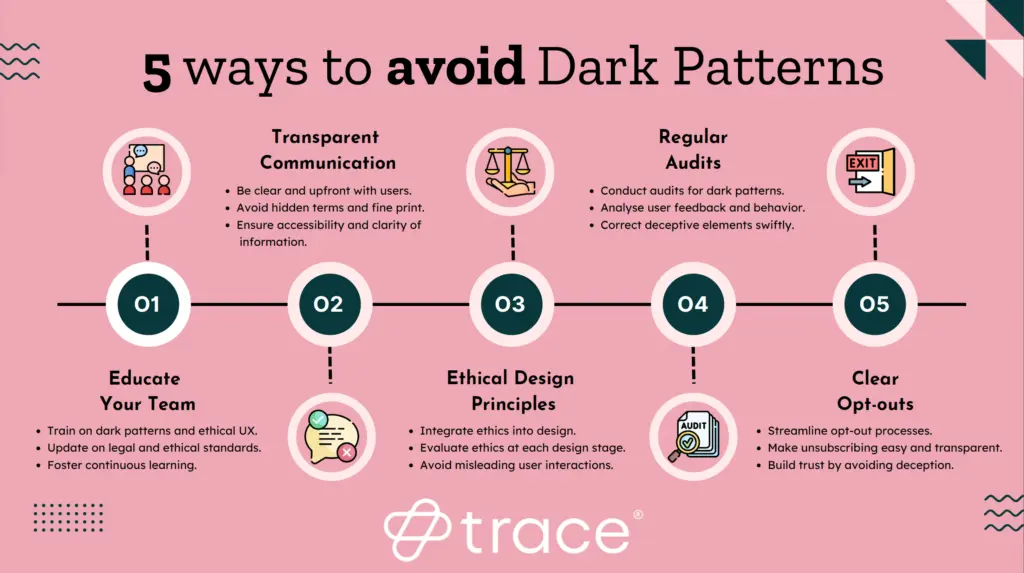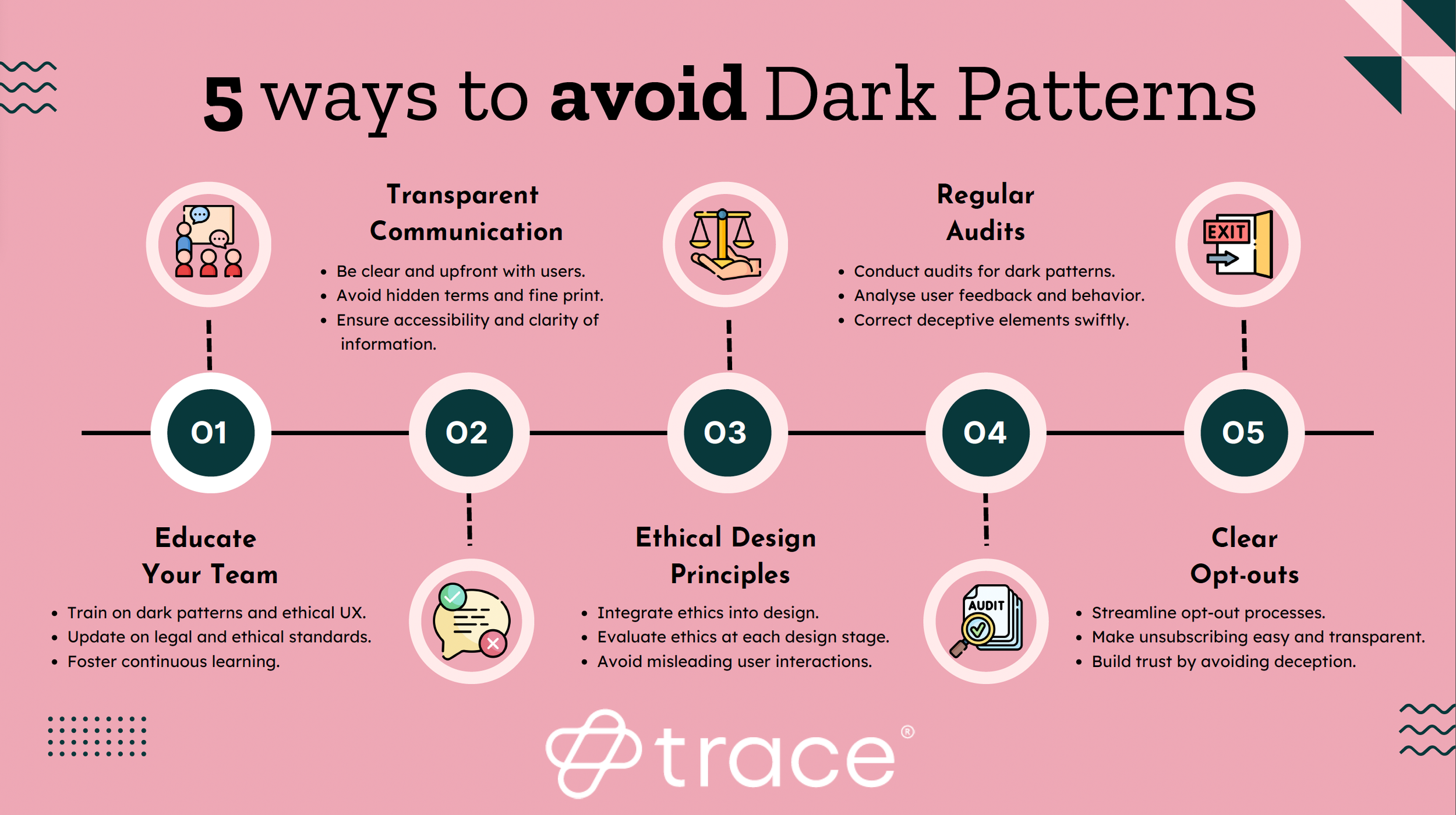
Beware of the Dark: Unveiling Hidden Dangers and Safeguarding Your Well-being
The phrase “beware of the dark” often evokes images of shadowy figures and unseen threats lurking in the night. While these dramatic scenarios might be the stuff of thrillers, the reality is that the darkness presents a range of genuine risks that demand our attention. This article explores the various ways in which the absence of light can compromise our safety and well-being, offering practical advice on how to mitigate these dangers.
Navigational Hazards and Increased Accident Risk
One of the most obvious dangers of the dark is the increased risk of accidents. Reduced visibility makes it harder to navigate both familiar and unfamiliar environments. Whether you’re walking down a city street or hiking in the wilderness, the darkness can obscure obstacles, uneven surfaces, and potential hazards.
- Pedestrian Safety: Pedestrians are particularly vulnerable in the dark. Drivers may have difficulty seeing them, especially if they are wearing dark clothing. Always wear reflective gear or carry a flashlight when walking at night.
- Driving Conditions: Nighttime driving presents unique challenges. Depth perception is impaired, and glare from oncoming headlights can temporarily blind drivers. Ensure your headlights are properly adjusted and avoid driving when fatigued.
- Home Hazards: Even inside your home, the dark can lead to accidents. Tripping over objects, bumping into furniture, and misjudging steps are common occurrences in dimly lit areas. Install nightlights in hallways and bathrooms to improve visibility.
Mitigating Navigational Risks
Several strategies can help reduce the risk of accidents in the dark. Always carry a reliable light source, such as a flashlight or headlamp. Be mindful of your surroundings and take your time when moving through unfamiliar areas. Wear appropriate footwear to prevent slips and falls.
The Psychological Impact of Darkness
Beyond the physical dangers, the darkness can also have a significant impact on our mental and emotional well-being. The absence of light can trigger feelings of anxiety, fear, and isolation. This is partly due to our evolutionary history, as our ancestors were more vulnerable to predators at night. The phrase to “beware of the dark” is ingrained in our subconscious.
- Seasonal Affective Disorder (SAD): The shorter days and longer nights of winter can lead to SAD, a type of depression characterized by fatigue, low mood, and difficulty concentrating. Increasing exposure to natural light or using a light therapy box can help alleviate symptoms.
- Sleep Disturbances: Darkness plays a crucial role in regulating our sleep-wake cycle. Exposure to artificial light at night can disrupt this cycle, leading to insomnia and other sleep disorders. Create a dark and quiet sleep environment to promote restful sleep.
- Increased Anxiety and Fear: The unknown is often more frightening in the dark. Our imaginations can run wild, conjuring up worst-case scenarios. Practicing relaxation techniques and challenging negative thoughts can help manage anxiety in the dark.
Combating Psychological Distress
To mitigate the psychological effects of darkness, prioritize exposure to natural light during the day. Engage in activities that boost your mood, such as exercise, spending time with loved ones, or pursuing hobbies. Consider seeking professional help if you are struggling with anxiety or depression.
Security Concerns and Criminal Activity
Unfortunately, the darkness can also provide cover for criminal activity. Poorly lit areas can make it easier for criminals to operate undetected, increasing the risk of theft, assault, and other crimes. It is crucial to “beware of the dark” when it comes to personal safety and security.
- Home Security: Ensure your home is well-lit, both inside and out. Install motion-sensor lights, security cameras, and a reliable alarm system. Keep doors and windows locked at all times.
- Personal Safety: Avoid walking alone in dark or isolated areas. Carry a personal safety alarm or pepper spray for self-defense. Be aware of your surroundings and trust your instincts.
- Cybersecurity: While not directly related to physical darkness, the digital world also has its dark corners. Be cautious of phishing scams, malware, and other online threats. Protect your personal information and use strong passwords.
Enhancing Security Measures
Take proactive steps to enhance your security. Invest in quality lighting, security systems, and personal safety devices. Stay informed about local crime statistics and report any suspicious activity to the authorities. [See also: Home Security Tips] Strengthen your cybersecurity by using strong passwords, enabling two-factor authentication, and regularly updating your software.
Environmental Considerations and Wildlife
The darkness also affects the environment and wildlife. Light pollution can disrupt the natural behavior of animals, interfering with their feeding, mating, and migration patterns. It is important to “beware of the dark” and its impact on the ecosystem.
- Light Pollution: Excessive artificial light at night can obscure the stars, disrupt ecosystems, and waste energy. Use shielded lighting fixtures and turn off unnecessary lights to reduce light pollution.
- Wildlife Disruption: Artificial light can disorient nocturnal animals, making them more vulnerable to predators or collisions with vehicles. Support efforts to reduce light pollution in wildlife habitats.
- Energy Consumption: Unnecessary lighting contributes to energy consumption and greenhouse gas emissions. Use energy-efficient lighting options and turn off lights when they are not needed.
Promoting Environmental Stewardship
Take steps to reduce your environmental impact by using energy-efficient lighting, minimizing light pollution, and supporting conservation efforts. Advocate for policies that promote responsible lighting practices and protect wildlife habitats. [See also: Sustainable Living Guide] Be mindful of how your actions affect the environment and strive to make sustainable choices.
Practical Tips for Navigating the Darkness Safely
Here are some practical tips to help you navigate the darkness safely and confidently. Remember to “beware of the dark” and take necessary precautions.
- Carry a Reliable Light Source: Always have a flashlight, headlamp, or mobile phone with a flashlight function readily available.
- Wear Reflective Clothing: When walking or cycling at night, wear reflective gear to increase your visibility to drivers.
- Be Aware of Your Surroundings: Pay attention to your surroundings and avoid distractions such as mobile phones.
- Walk in Well-Lit Areas: Stick to well-lit streets and avoid walking alone in dark or isolated areas.
- Inform Someone of Your Plans: Let someone know where you are going and when you expect to return.
- Trust Your Instincts: If you feel uneasy or unsafe, trust your instincts and take steps to remove yourself from the situation.
- Plan Your Route: Before venturing out at night, plan your route and familiarize yourself with the area.
- Use Public Transportation or Ride-Sharing Services: When possible, opt for public transportation or ride-sharing services instead of walking alone.
- Be Mindful of Wildlife: In rural areas, be aware of the presence of wildlife and take precautions to avoid encounters.
- Adjust Your Driving: When driving at night, reduce your speed, increase your following distance, and avoid distractions.
The darkness presents a variety of challenges and potential dangers. By understanding these risks and taking appropriate precautions, you can protect your safety, well-being, and the environment. Remember to “beware of the dark” and make informed decisions to navigate the night with confidence. The importance to “beware of the dark” cannot be overstated, as it impacts our daily lives in ways we often overlook. We should always “beware of the dark” to maintain a safe and secure environment. It is vital to “beware of the dark” and take preventative measures. Always “beware of the dark” to minimize risks. Take heed to “beware of the dark” for a better future. Always “beware of the dark” and its potential consequences. It is smart to “beware of the dark” and consider the implications. The phrase “beware of the dark” is a good reminder to be vigilant. To “beware of the dark” is something we should always be conscious of. One should always “beware of the dark” and take appropriate action.
Conclusion
The darkness is not inherently evil, but it does present a unique set of challenges that demand our attention. By being aware of the potential dangers and taking proactive steps to mitigate these risks, we can navigate the night safely and confidently. Remember to “beware of the dark” and prioritize your safety, well-being, and the environment.

